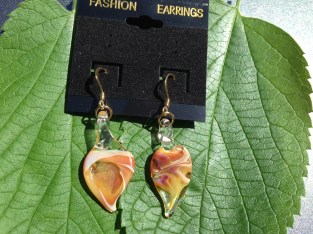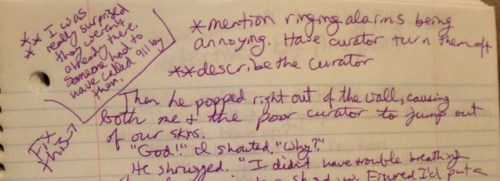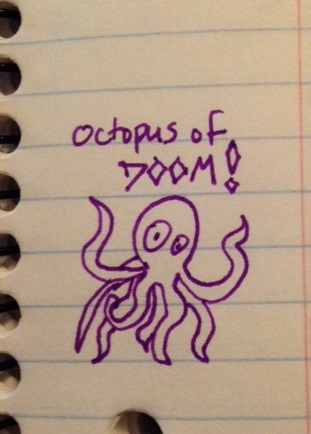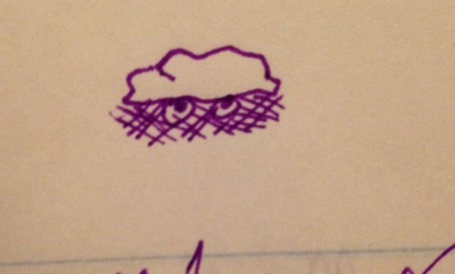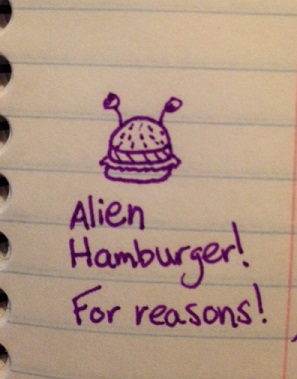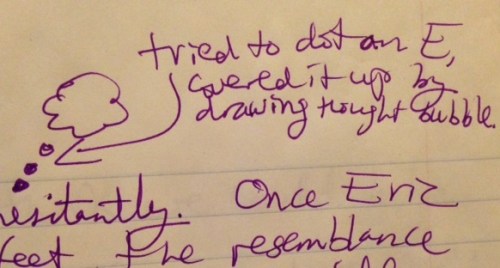I’ve been doing some research into romance novels. This research has stemmed from a renewed attempt to figure out the genre, and how I can produce a work that fits the parameters of same. In the interest of said research, I read one and a half new romance novels, bringing my total romance novel consumption to about twenty and a half, probably. Maybe more. I never stopped to count how many Sherrilyn Kenyon novels I’d read, because I wanted to maintain whatever shred of self respect I had left.
Anyway, at this point I believe I’ve come to some conclusions about a typical romance novel. “Typical” in this case means “a straight man and a straight woman fall in love despite some obstacle or another. And there are probably werewolves involved.” I made notes in my phone. Before we continue I am issuing a warning that there will be no graphic imagery but there will be sexual content in the writing that follows. If the idea of this upsets you, stop reading. I will forgive you!
Okay, here are the notes:
1. Each character must act like they’ve never before seen a member of the opposite sex that they were attracted to.

2. There must be a constant inner monologue from both characters’ perspectives about how attractive they find each other. Remember to really beat that into the reader’s head. I have to wonder what one person is doing while the other is weighing out all the pros and cons of having sex with them. All I can think of is a scenario that goes something like this:

3. Women must be saved from their emotions.
4. Men must curse their emotions (in that said emotions lead to relationships, which men either fear or believe they don’t deserve due to their dark and brooding past).
5. (This is exactly how I typed it into my phone last night) A man waiting for consent before doing a sex is super gentlemanly and attractive. If he both asks for consent and is ridiculously hot, then it is ok to have sex with him within 24 hours of meeting him. A lasting, loving relationship is sure to ensue.
Note on #5: I have read two novels so far that treat consent like a novel concept. The first did it horribly wrong, where the male lead – the love interest! – was undeniably assaulting the female lead, but she decided it was okay because, hey, at least he’s hot and deep down inside she really did want this, didn’t she? I was appalled. The second got a pass because the female lead had been raised in an emotionally abusive environment with people who constantly belittled her, so she was truly learning that consent was a thing she could expect and ask for. Still I mean… let’s just get past this, okay? I think it’d be a great help if romance novels just took consent as a given, and didn’t tout it as some sort of proof of the man’s character. “He didn’t rape me, so he must be a gentleman!” just doesn’t work.
6. Men are always upset (at least once per book) by the unfortunate combination of their stiff and/or tight jeans and their erections. It’s super uncomfortable for them, and the reader definitely needs to know that. It is crucial to the plot. The sexy, sexy plot.

7. No butt stuff. Butt stuff is neither romantic nor a symbol of twue wuv. Only oral and vaginal sex are loving forms of sexual expression. Reading the previous statements may very well have made you uncomfortable, and therein lies the root of the problem. Sex with a stigma attached to it is not sexy. Therefore it is not mentioned, hinted at, or overtly used in any way.
8. Every eleven words, at least one character thinks about how much they want to have sex/pictures the love interest naked/is actively having sex with that love interest.
9. A real man knows it’s his duty to bring a woman to orgasm before he has his own climax. That’s just common courtesy. Conversely, the woman does not owe the man pleasure. His orgasm is not brought on by her actions, but is rather his reward for seeing to her needs first. And because she’s hot. He gets to orgasm because she is very attractive, as his inner monologue should have pointed out several times already.
So there you have it. The results of my study. If you were thinking about writing a steamy romance of your own, now’s your chance. You have a handy little guide right here.
I’ll be writing soon about my second rewrite of Grotesque! Ta!







